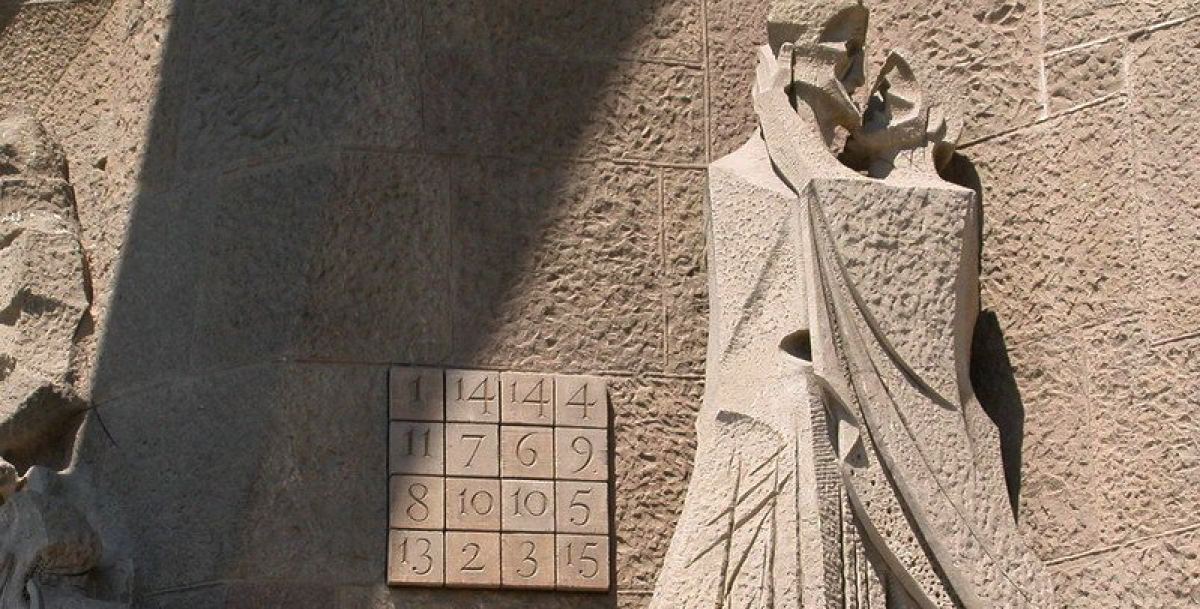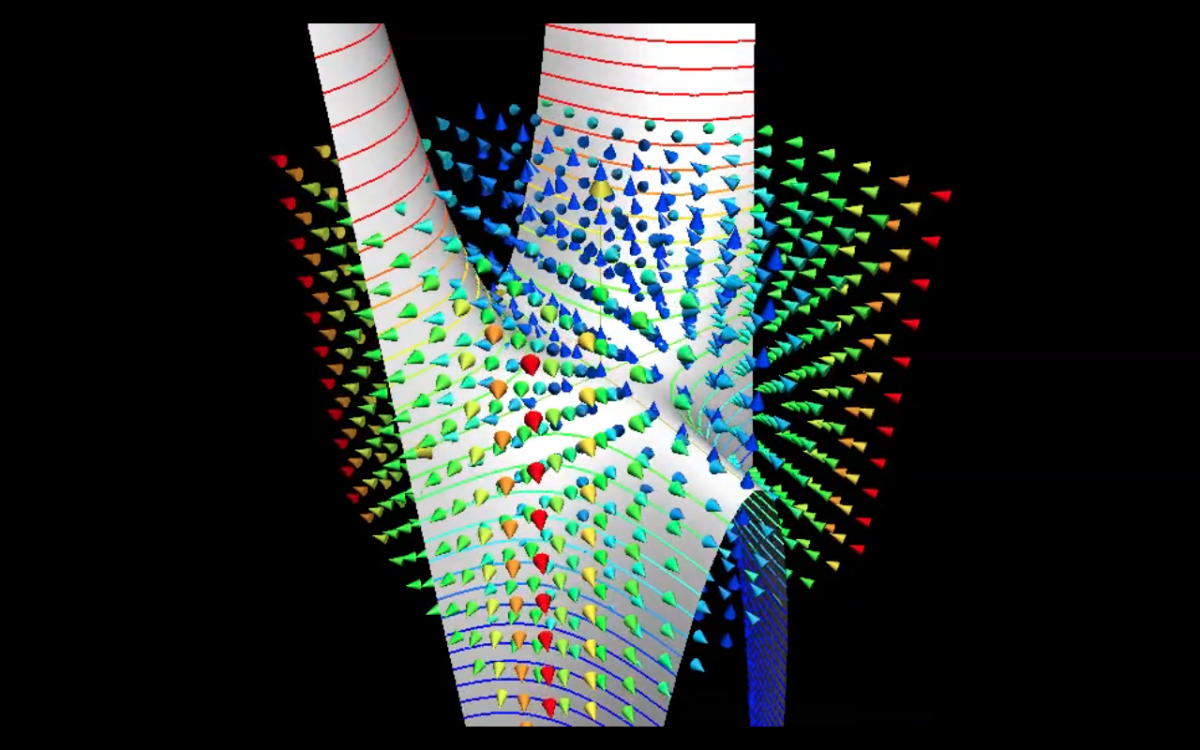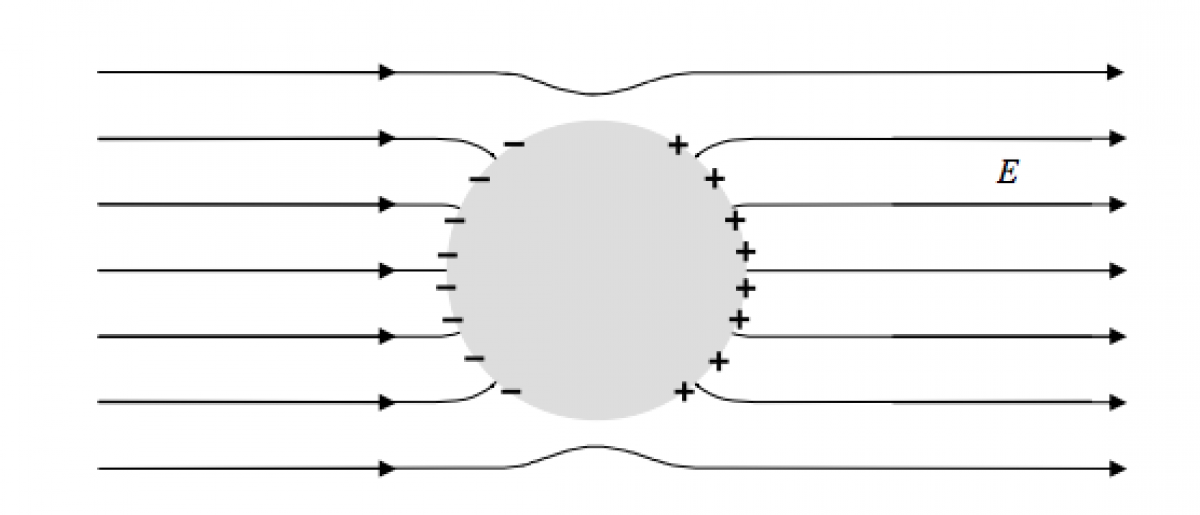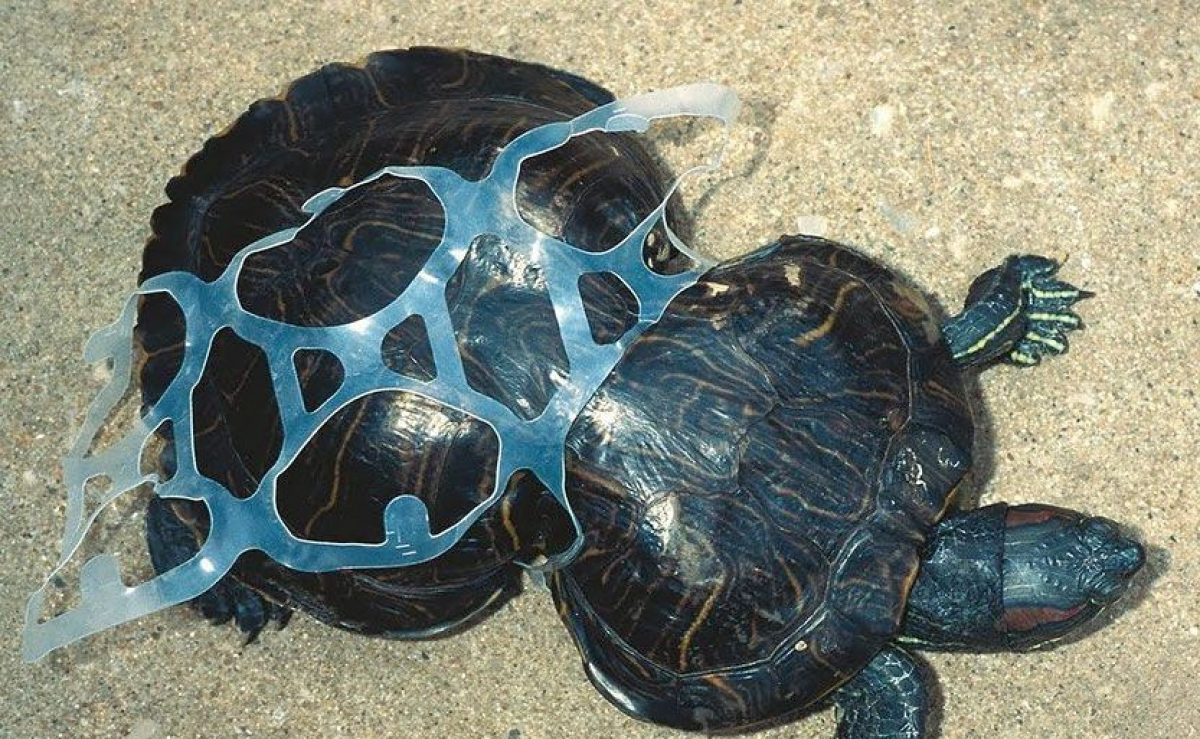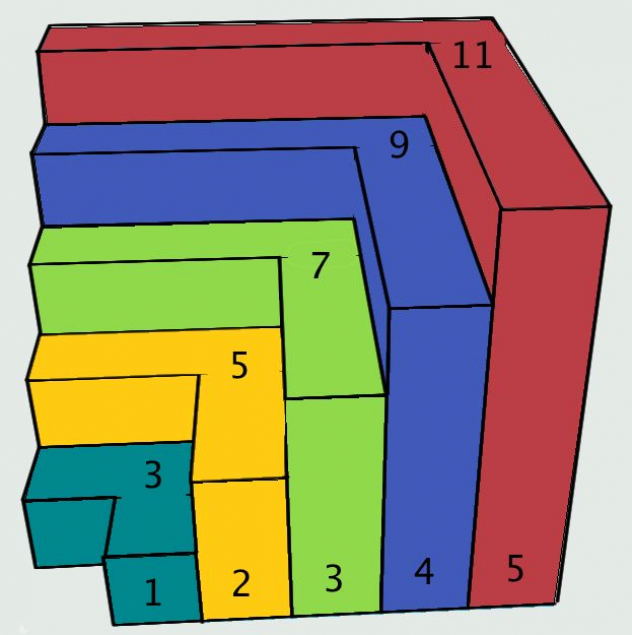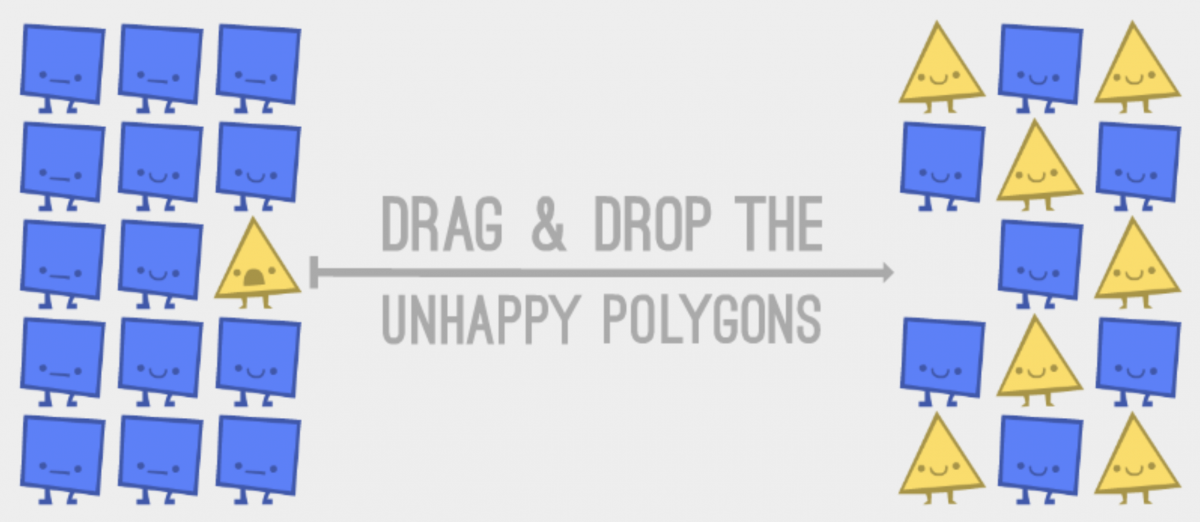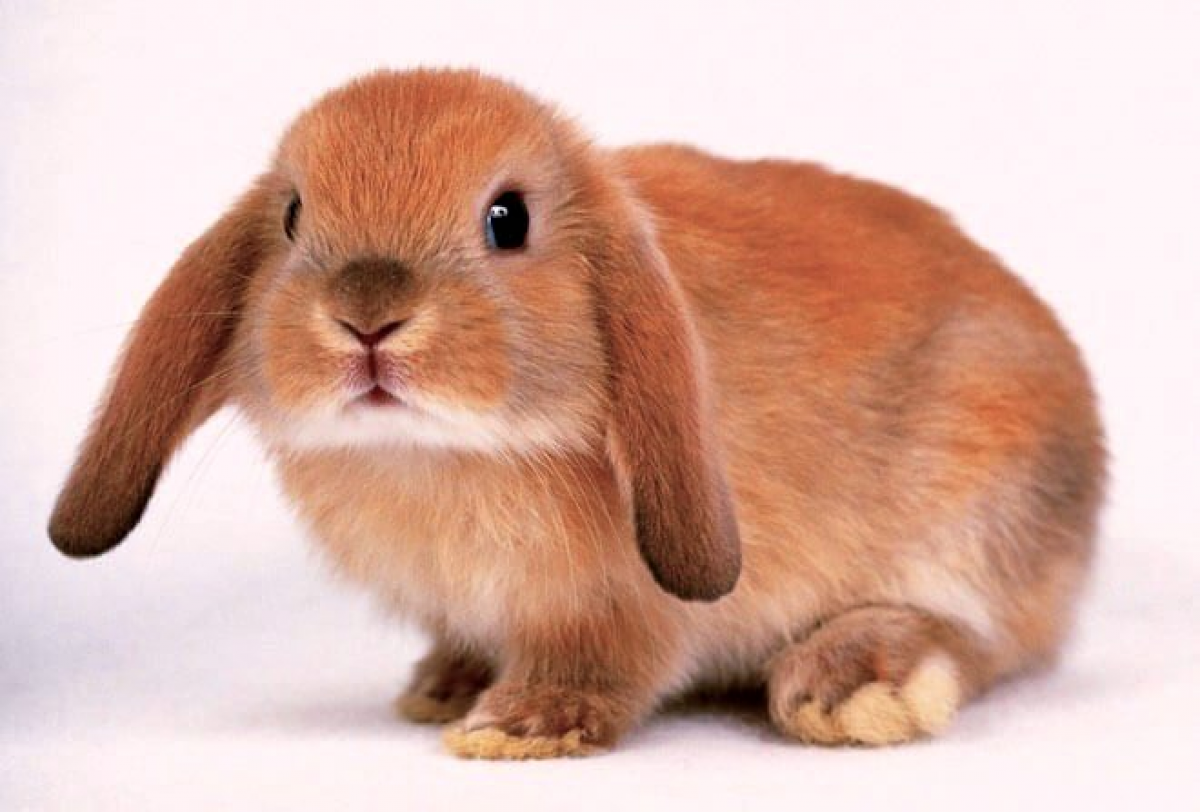
Ma la pulce alla fine raggiunge il coniglio?
La coda di un coniglio gigante è legata ad un paletto piantato per terra grazie ad una corda che si può estendere all'infinito. Sul palo c'è una pulce affamata che cerca disperatamente di raggiungere il coniglio. Ce la farà?
di Andrea Carpi
5 min
<i><font size="4">"The tail of a monstrously huge rabbit is tied to a pole in
the ground by an infinitely stretchy elastic cord. A flea sits
on the pole watching the rabbit (hungrily). The rabbit
sees the flea, leaps into the air and lands one kilometer
from the pole (with its tail still attached to the pole by the
elastic cord). The flea gives chase and leaps into the air
landing on the stretched elastic cord one centimeter from
the pole. The monster rabbit, seeing this, again leaps into
the air and lands another kilometer away from the pole
(i.e., a total of two kilometers from the pole). Undaunted,
the flea bravely leaps into the air again, landing on the
elastic cord one centimeter further along. Once again the
rabbit jumps another kilometer and the flea jumps
another centimeter along the cord. If this continues
indefinitely, will the flea ever catch up to the rabbit?
(Assume the earth is flat and extends infinitely far in all
directions.)"</font></i><div><br></div><div>Let us call $x$ the number of the flea’s jumps, $F(x)$ the function which
inolves the flea’s motion and $R(x)$ the function which involves the rabbit’s
one. We have that: \[ R(x) = kx, k = 1000m = 10^{5}cm \]
$F(x)$ is equal to the position of the flea after the strech of the elastic cord more a centimeter.
Called $\overline{OF_0}$ the flea’s distance before the rabbit’s jump, and $\overline{OR_0}$ the initial
rabbit’s distance, $\overline{OR_1}$ the rabbit’s distance after his jump, and $\overline{OF_1}$ the
resulting flea’s distance after the rabbit’s jump.
Since the cord is elasic it spaces proportionally his points. Thus:
\[ \overline{OF_0}:\overline{OR_0} = \overline{OF_1}:\overline{OR_1} \]
The flea’s distance after rabbit’s jump results to be:
\[ \overline{OF_1}=\frac{\overline{OF_0} \cdot \overline{OR_1}}{\overline{OR_0}} \]
Since $\overline{OR_0} $ is $k(x-1)$ and $\overline{OR_1}$ is $kx$ in the flea’s motion function:
\[ F(x) = \frac{F(x-1)\cdot kx}{Fk(x-1)}+ 1 \] \[ F(x) = \frac{F(x-1)\cdot x}{Fk(x-1)}+ 1 \] \[ F(x) = F(x-1) \cdot \frac{x}{x-1}+1 \] \[ F(x) = F(x-1) \cdot \frac{x}{x-1}+1 \] \[ F(x) = F(x-1) + \frac{F(x-1)}{x-1}+1 \]
That implies $F(x)$ is an increasing function. Since $\frac{1}{x-1}$ for great values of
$x$ tends to $0$, we have that some portions of $F(x)$ may look like a striaight
line that we will call $f$. Thus $f$ and $R(x)$ will meet if $f$’s slope is grater
than $R(x)$ ’s one, which is $100000$.
By rewriting the equation, it is easyer to get the right insight to solve the problem. Infact:
\[\frac{1}{x-1}+\frac{1}{x-2}+\cdots+\frac{1}{x-x+1}\cdot\frac{F(1)\cdot(x-x+1)}{x-x+1-1} +1 > 9999 \]
\[ 1+ \frac{1}{2}+\frac{1}{3}+\cdots+\frac{1}{x-1} >9999 \]
It is known the value of the harmonic series $\sum^{+\infty}_{n = 0}{\frac{1}{n}} = \infty $. Thus, for an appropriate value of $n$, this series can assume any value. Thus, with some patience, the flea will reach the rabbit.</div>




